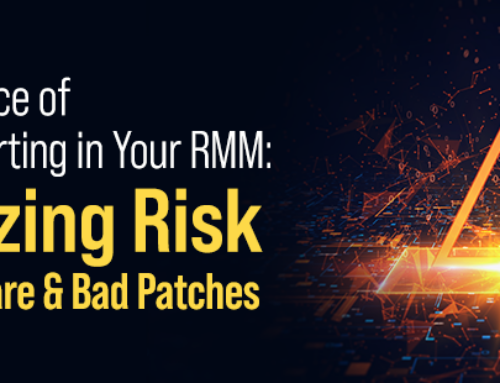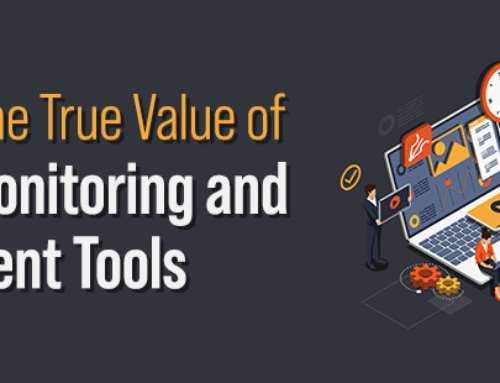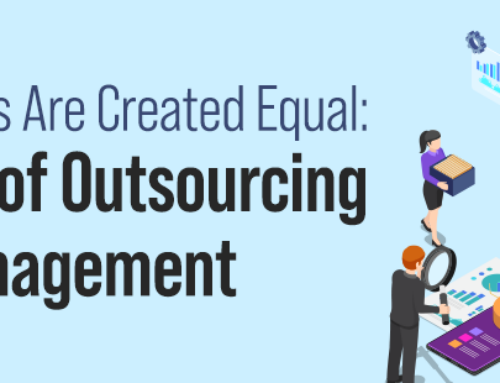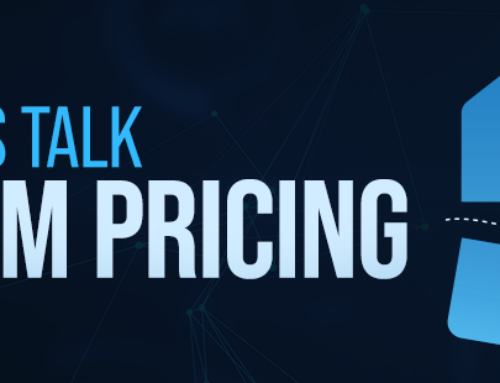As an MSP (Managed Service Provider), choosing the right RMM (Remote Monitoring and Management) tool is critical to impacting your business’s success. With so many options available, it can be overwhelming to know where to start. In this blog, we’ll provide a comprehensive guide to help you choose the right RMM for your MSP, taking into consideration the perspective of both a mature and not mature MSP.
For our discussion, it is important to understand a mature vs. non-mature MSP.
A mature MSP (Managed Service Provider) is an organization that has been in the IT services industry for a significant period of time and has established processes, tools, and best practices to deliver high-quality services to its clients. A mature MSP clearly understands its target market, has a well-defined service offering, and has a track record of successful customer engagements.
On the other hand, a non-mature MSP is an organization that is relatively new to the IT services industry and is still establishing its processes, tools, and best practices. A non-mature MSP may have a limited understanding of its target market, may not have a well-defined service offering, and may have limited experience in successful customer engagements. Non-mature MSPs may also have limited resources and may be more focused on acquiring new clients rather than delivering high-quality services to their existing clients.
What is RMM?
Remote Monitoring and Management (RMM) software is a tool that allows MSPs to remotely monitor and manage their clients’ IT systems. This includes monitoring network health, tracking hardware and software assets, managing patches and updates, and providing support. RMM tools help MSPs automate their workflows and ensure their clients’ systems are secure and up-to-date.
Choosing an RMM for a startup on lower maturity MSP
For a lower mature MSP, it’s important to focus on the basics when choosing an RMM. Look for a tool that is easy to use and has a simple interface. A cloud-based solution can be a good option for a non-mature MSP, as it requires less setup time and can be more cost-effective. Additionally, look for a tool with a low learning curve and ample training and support resources.
Some important features to consider when choosing an RMM for a not mature MSP include the following:
- Automation: Choose a tool to automate routine tasks such as patch management and software updates. This will save time and reduce the risk of errors.
- Monitoring: Look for a tool that monitors your clients’ systems in real-time. This will allow you to quickly identify and resolve issues before they become major problems.
- Reporting: Choose an RMM tool that provides detailed system health and performance reports. This will allow you to demonstrate the value of your services to your clients.
Choosing an RMM for a Mature MSP
For a mature MSP, the focus should be on scalability and customization. Look for an RMM tool that can support a large number of clients and can be customized to meet your specific needs. Consider features such as multi-tenancy, advanced automation, and integrations with other tools and systems.
Some important features to consider when choosing an RMM for a mature MSP include the following:
- Customization: Look for a tool that can be customized to meet your specific needs. This may include creating custom scripts, automating complex workflows, and integrating with other tools and systems.
- Scalability: Choose an RMM tool that can support a large number of clients and can be easily scaled as your business grows.
- Integration: Look for an RMM tool that can integrate with other tools and systems, such as PSA (Professional Services Automation) software and backup solutions. This will allow you to streamline your workflows and improve efficiency.




